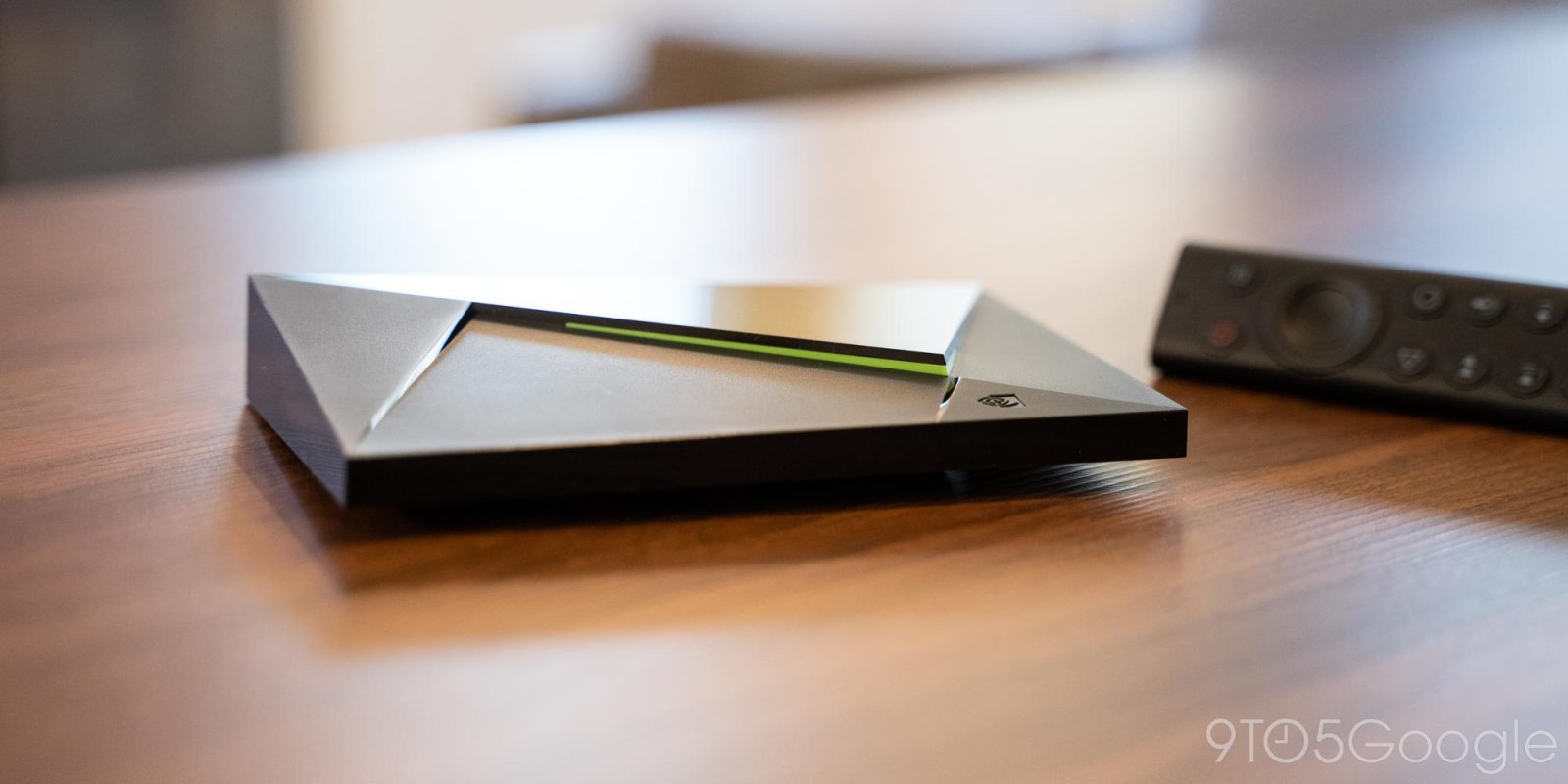
For the longest time, the Nvidia Shield TV was the only truly good device running on top of Android TV OS, but now there are many. Four years later, the latest-generation Shield TVs are still fantastic but are due for an update.
This issue of 9to5Google Weekender is a part of 9to5Google’s rebooted newsletter that highlights the biggest Google stories with added commentary and other tidbits. Sign up here to get it delivered to your inbox early!
Nvidia ushered in the latest version of the Shield TV in 2019, with the tube Shield TV and the Shield TV Pro. At the time, both ran on the latest Android TV 9 platform and have since been updated to Android 11 with what is still the best Android support out there and no real signs of slowing down either.
And four years later, the Shield TV is still pretty hard to beat in the Android TV game.
Over the past couple of years, the Chromecast with Google TV has been at the center of my home entertainment setup, but it’s been a messy situation. Connecting via a Philips Hue Sync Box really complicates matters, and it’s led to issues such as delayed audio output, HDR hiccups, and countless other problems. Most frustrating was an issue where the Chromecast would randomly pause my content, sometimes a couple of times a day, sometimes a couple of times per hour.
So, I recently moved over to the Nvidia Shield TV Pro, which seems to have solved virtually all of my issues. The Chromecast is great for “normal” setups, but the Shield TV is just so, so good at handling niche situations.
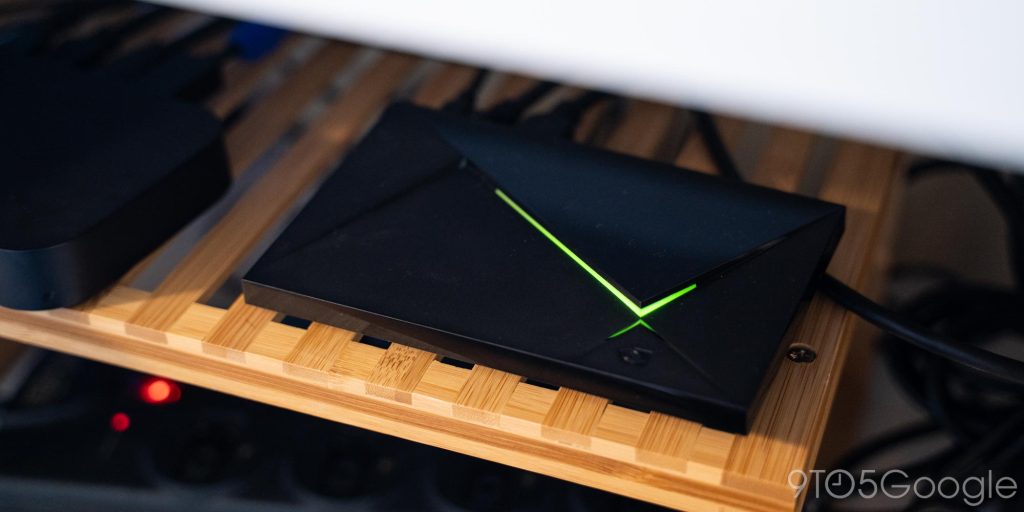
But that’s just scratching the surface of why Shield is so great and beloved. Another aspect I’ve been enjoying is AI upscaling. As subscription costs keep rising, the Shield made my decision to downgrade my Netflix plan easy. That’s not even to mention how good the Shield is at Plex and local media, which is, by far, the biggest reason anyone should dive in on this device.
As I’ve been using it, though, I’ve kept feeling the Shield’s age, not in performance but in comparison to other streamers. The new Google TV UI, despite its many ads and recommendations, looks better, in my opinion, than the current iteration of Android TV and has more features too. I love having my movies built into the homescreen (and actually playing them in 4K, where the old Play Movies app is limited to 1080p). The watchlist is genuinely useful, and the recent addition of hundreds of live TV channels is truly wonderful. And while Google has added much of Google TV’s best features to Android TV (or plans to bring them), it’s just not the same.
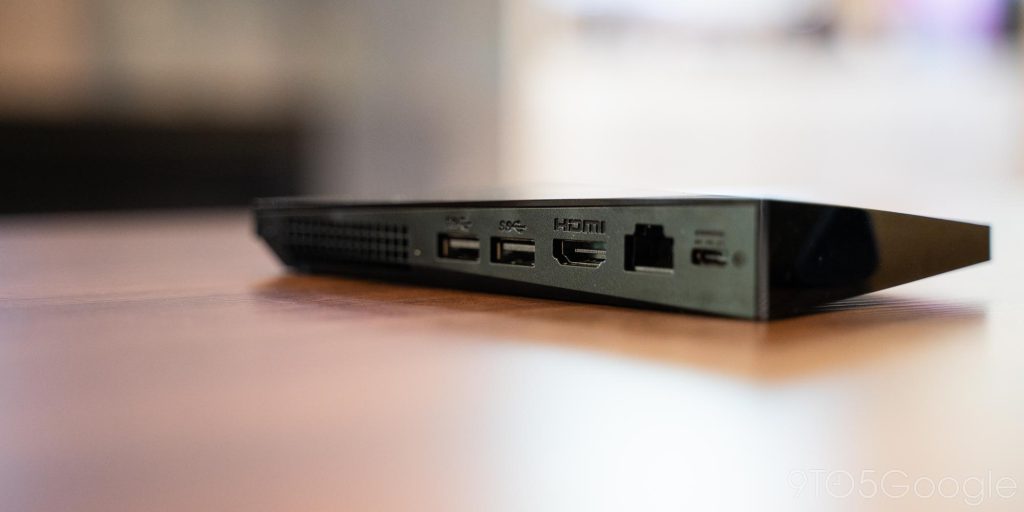
A refresh of the Shield TV is in order, I feel.
Updated specs under the hood could build on the already great upscaling and also give Google TV the room to perform better than any other device out there. Nvidia could perhaps even work with Google to deliver integration of GeForce Now onto the Google TV homescreen, an effort Stadia started but never really got to build out – I know, I’m dreaming a bit.
Another area that Nvidia could, and probably should address, is the remote. The triangle remote of the current Shield TV generation is unique, but it’s not super comfortable. Its Netflix button is also notoriously touchy. I’d love to see a new generation that takes the good aspects – clicky buttons, good quality, and wonderful backlighting – but builds on it with better ergonomics and perhaps more customization. Nvidia has always aimed to please power users, so I’d love to see more blank shortcut buttons alongside the Netflix button (and maybe the addition of a YouTube key). The framework is already in place with the ability to customize the existing options button.
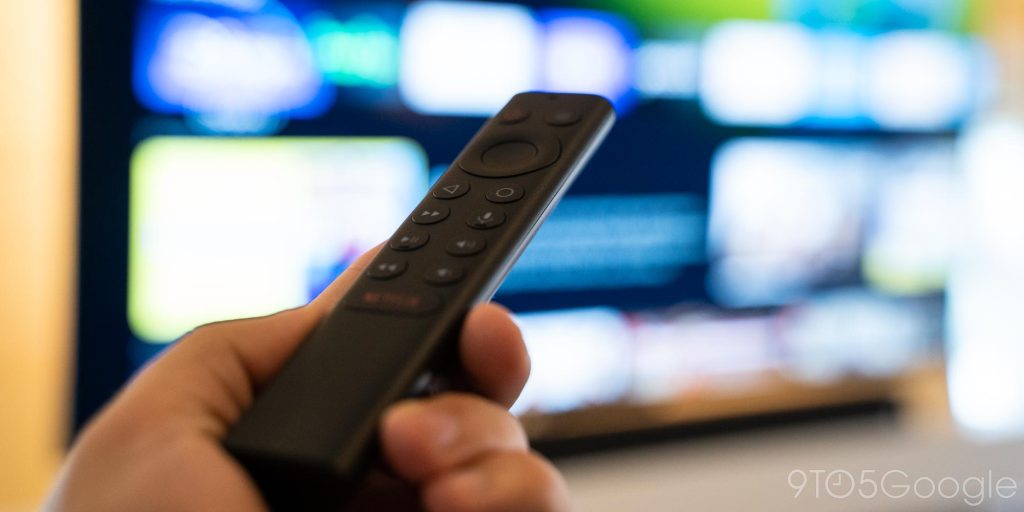
In the meantime, the Shield TV is still a reasonably good buy, as software support just keeps going and Nvidia’s track record keeps these devices in the conversation, but we’re approaching the point where it’s getting a little tougher to pull the trigger. It’s unlikely Google will keep bringing more features to the legacy Android TV interface as the years go on, and that’s an increasingly big risk given the $150-200 price tag the Shield carries.
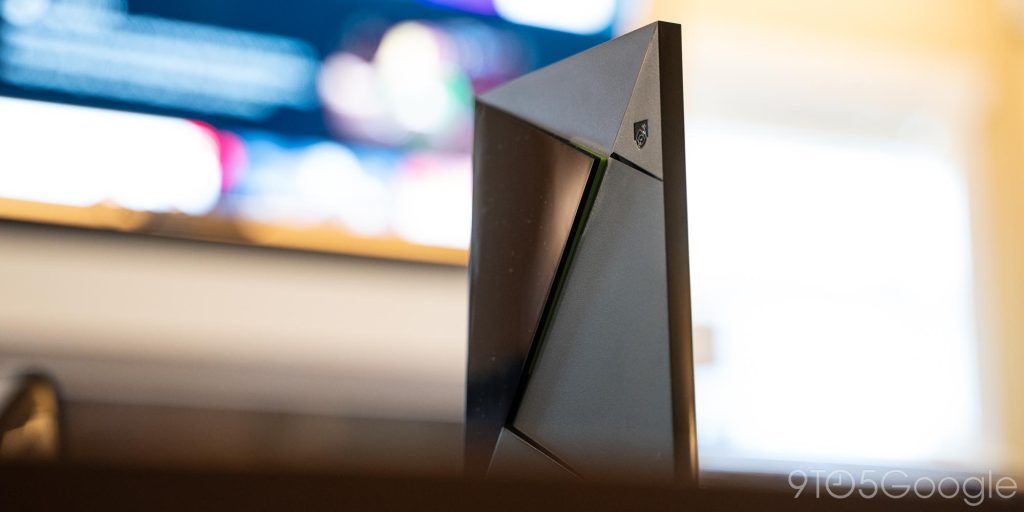
This Week’s Top Stories
Google Keep gets some love
Keep is one of Google’s best apps, but it often goes long periods without getting any updates. This week, though, a lot happened with Keep. Text formatting has finally arrived, and there’s also now a version history for your notes.
- Google Keep text formatting starts rolling out on Android
- Here’s Google Keep text formatting in action [Video]
- Google Keep rolling out a basic version history for notes
You can now sort of use RCS on an iPhone
Top comment by Byron S
I have several original 2015 ShieldTV 16GBs and Pro models and always recommend them to family and friends. I'm very happy that it's STILL being updated regularly, since in the past I've had media players/streamer devices that would maybe get one update before being discontinued in less than 2yrs
I would love to see more performance tweaks with the AndroidTV/GoogleTV UI
RCS and iPhone. It’s a feature Apple doesn’t seem to care about, but it’s technically finally available on the iPhone. Beeper, an app designed to bring all of your chat services into one place, this week launched Google Messages integration that enables RCS on an iPhone and iMessage on Android.
More Top Stories
- Google Photos updated with new navigation bar, scrapbook-like ‘Memories,’ generative AI
- One UI 5 comes to Galaxy Watch 5 and Watch 4 series, rolling out today
- Google will soon remind you to clean your filthy Pixel Buds
- Opinion: The Pixel Tablet is not a better Nest Hub
- Google Maps no longer lets you tap to hide the search bar and other UI
- Google Contacts prepares revamped single-contact widget [Gallery]
- Google Contacts now shows local time and weather
- How to enable irregular heart rhythm notifications on the Galaxy Watch 6 and others
- ChromeOS preparing major Settings redesign, Google Tasks integration [Gallery]
- OnePlus Ace 2 Pro announced with 24GB RAM, 150W charging, and a screen that works when wet
- WhatsApp is launching ‘HD’ photos across Android, iOS, more, will also come to videos
- Moment is back in action with T-Series lenses for Android and iOS
- Google Assistant readies Wear OS Tile with custom shortcuts
From the rest of 9to5
9to5Mac: Elon Musk says Twitter will no longer let you block other people
Electrek: Here’s our first look at Lamborghini’s all-electric vehicle, the Lanzador EV
9to5Toys: Review: Nomad launches new 130W 3-port USB-C charger with adaptive GaN power
FTC: We use income earning auto affiliate links. More.



Comments